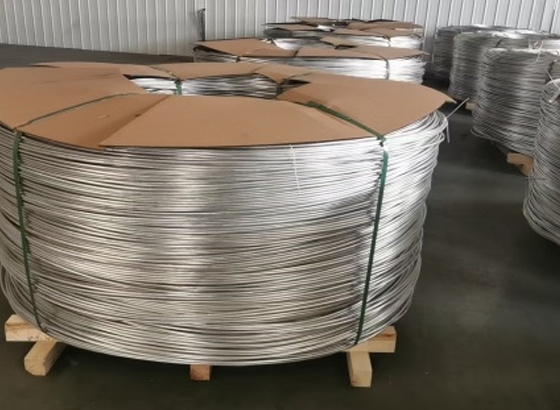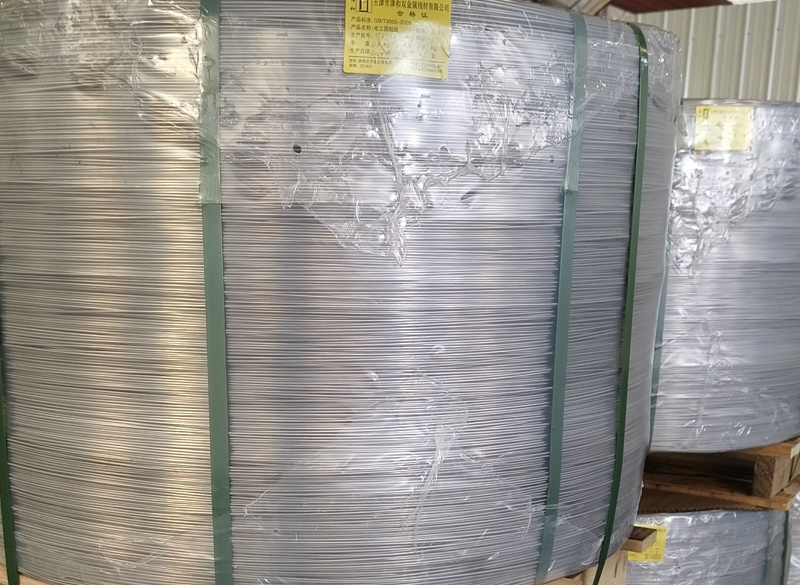Welcome to Tianjin Jinhe Bimetal Wire Co., Ltd.

Alloy aluminum rod aluminum wire
Product Classification:
Key words:
Alloy aluminum rod aluminum wire
Product Classification:
Key words:
Product Introduction
Alloy Aluminum Rod
Production Process: Usually made from high-purity aluminum ingots combined with specific alloying elements such as magnesium, silicon, copper, and zinc, processed through melting, casting, and rolling.
Performance Characteristics: It has high strength, good electrical conductivity, and corrosion resistance. Its strength is higher than that of pure aluminum rods, capable of withstanding greater tensile and compressive forces, making it suitable for the manufacture of various overhead transmission lines and cables; at the same time, its conductivity meets the basic requirements for power transmission, and in some environments, its corrosion resistance is better than that of pure aluminum rods, resulting in a longer service life.
Alloy Aluminum Wire
Production Process: Processed from alloy aluminum rods through drawing and stranding. First, the alloy aluminum rod is drawn into single wires of different diameters using a drawing machine, and then multiple single wires are twisted together as needed to form wires with a certain cross-sectional area and structure.
Performance Characteristics: While maintaining good electrical conductivity, it further improves strength and heat resistance. For example, some high-strength alloy aluminum wires can be used in long-span, high-load transmission lines, reducing the number and height of towers and lowering construction costs; heat-resistant alloy aluminum wires can operate for long periods in high-temperature environments, increasing the transmission capacity and stability of transmission lines and reducing line losses.
Application Fields
Power Transmission: Used in overhead transmission lines, cable transmission lines, etc., serving as an important carrier for electric energy transmission in power systems, capable of delivering electricity generated by power plants to various substations and end users.
Electrical Equipment Connection: Used in substations, distribution rooms, and other electrical equipment to connect transformers, switches, busbars, etc., achieving distribution and control of electric energy.
Development Trends
High Conductivity: Research and development of alloy aluminum materials with higher conductivity to further reduce line losses and improve transmission efficiency.
High Strength and Heat Resistance: As power systems develop towards high voltage, large capacity, and long-distance transmission, the requirements for wire strength and heat resistance are increasing. Developing high-strength, better heat-resistant alloy aluminum wires is a key focus for future development.
Previous Page:
Next page:
Product Consulting
Note: We will contact you at the first time. Please pay attention to your phone and mail.




